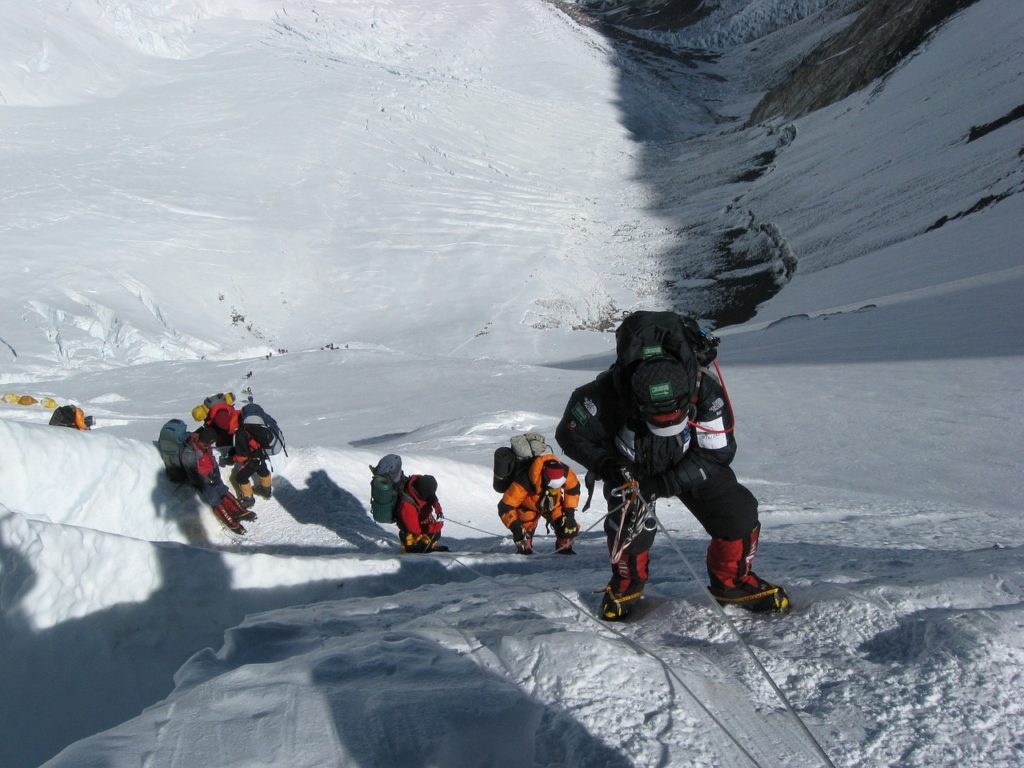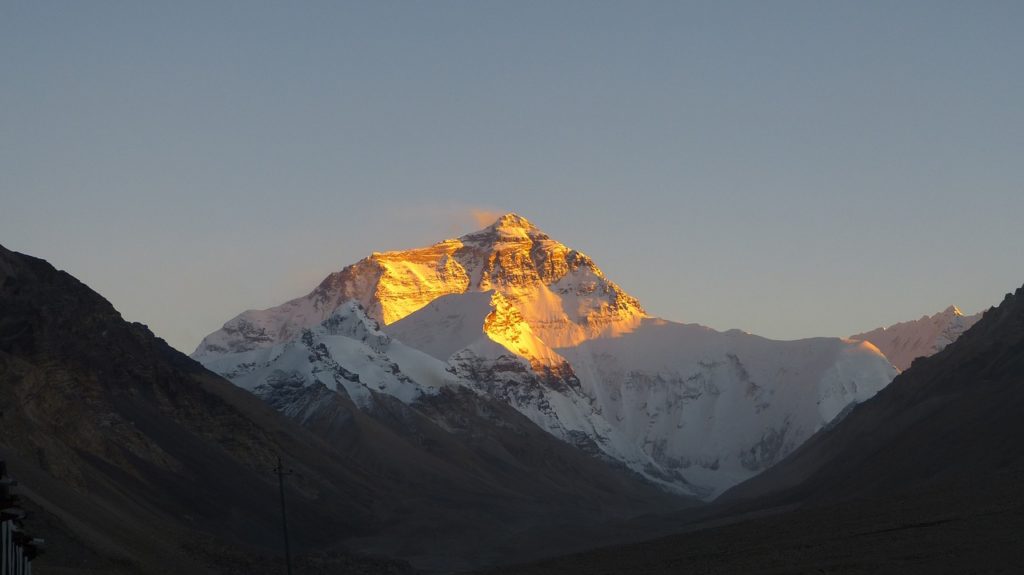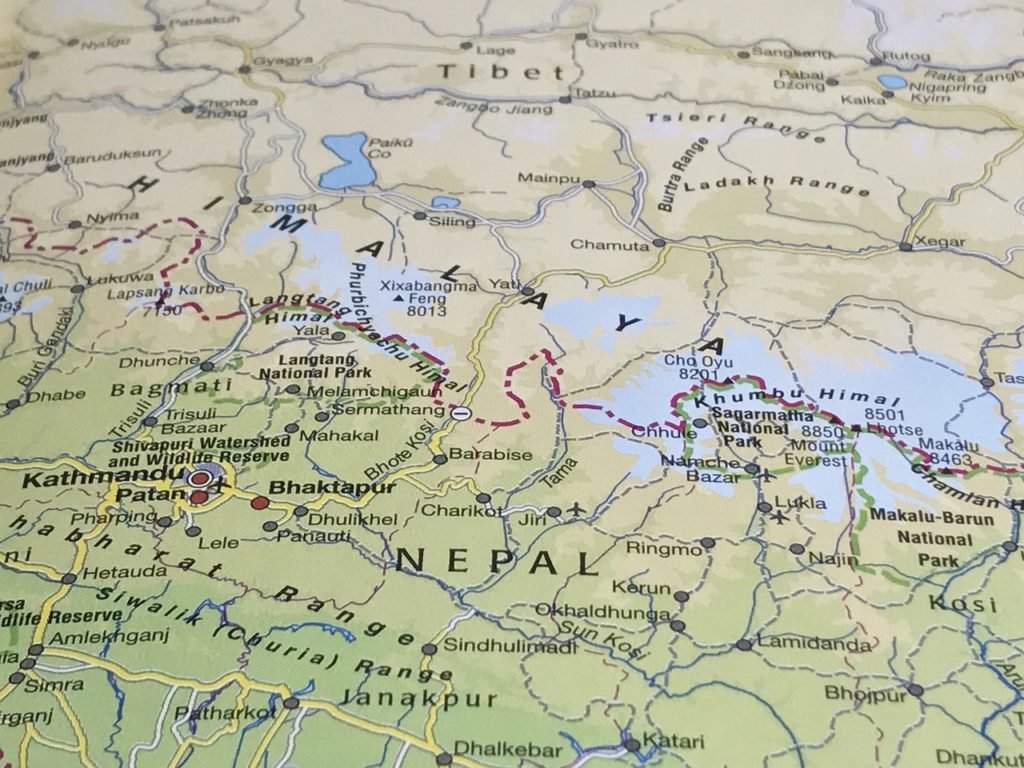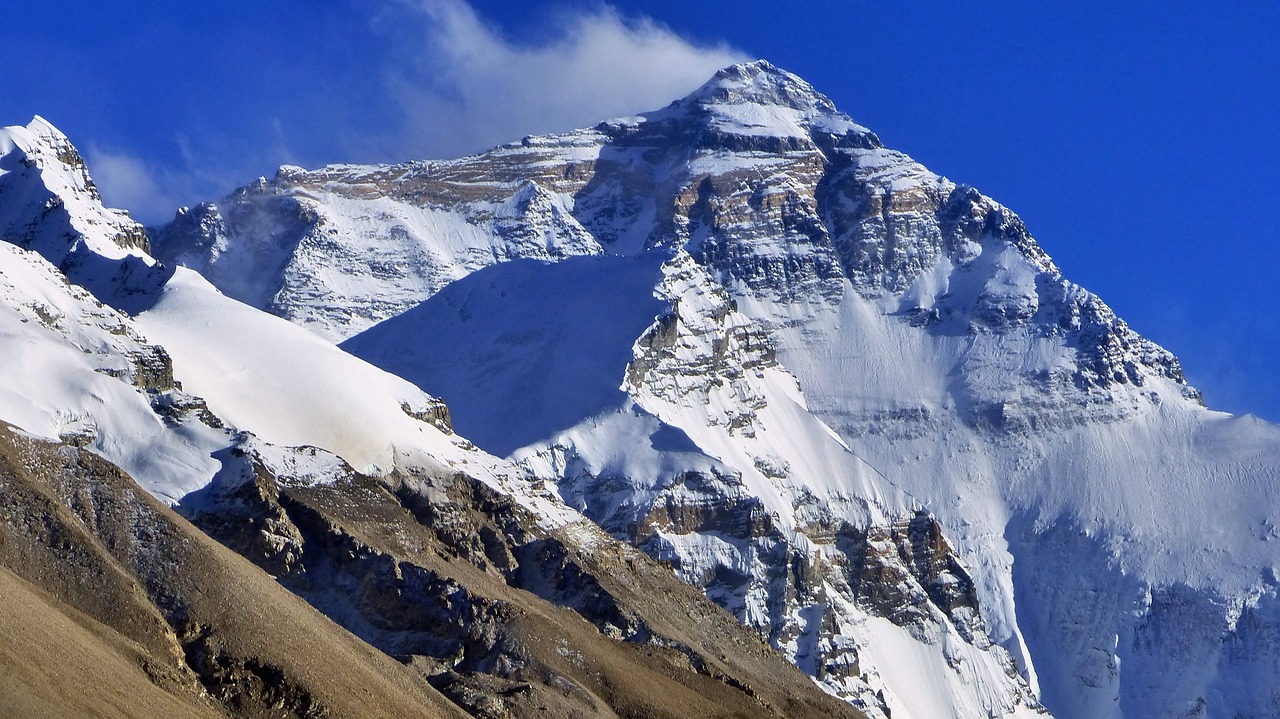Situated in the Himalayas, Mt. Everest stands as the world’s highest peak, topping at 8,848.86 metres (according to a new survey conducted in 2020). It’s a beacon for mountaineers and adventurers worldwide. However, the journey to its sheer summit is not just a tale of adventure and achievement, but also of survival. As fascinating as the allure of conquering Everest sounds, it is equally perilous and has an ominous reputation for its death rates. This article offers an in-depth exploration of the death rates on Mount Everest, factors influencing them, variations over the years, preventive measures to decrease fatalities, and their implications.
History of Mount Everest Climbing
Initial efforts to summit Mount Everest began with British expeditions in the early 1920s. However, the first successful ascent was only accomplished in 1953 by Edmund Hillary from New Zealand and Tenzing Norgay, a Sherpa of Nepal.
Historically, the death rate on Mount Everest was quite high. During the early years of climbing on Everest from 1921 to 1996, nearly one climber died for every four who reached the summit. The infamous 1996 disaster that left eight climbers dead in a single day engraved the mountain’s deadly reputation worldwide.

Factors Contributing to the Death Rate on Mount Everest
The death rate on Everest is influenced by numerous factors, primarily categorized into climatic and human factors.
Mountain weather pattern can quickly shift into life-threatening conditions. Extreme weather, combined with the high altitude, leads to two significant risks – frostbite and hypothermia. Furthermore, mountaineers must grapple with altitude sickness caused by diminished oxygen levels.
Human-related factors have also amplified danger levels. The fitness level and experience of climbers greatly affect their ability to deal with the mountain’s harsh conditions. With the commercialization of Everest, more climbers with varied fitness levels and limited high-altitude experience try to reach the summit, magnifying the risks.
Moreover, overcrowding has spiked in recent years, especially during the peak climbing season. This results in long queues, leading to more exposure to harsh conditions and increasing the likelihood of fatalities.
Yearly Comparisons of Death Rates on Mount Everest
There have been fluctuations in death rates on Mount Everest over the years. Generally, fatalities have decreased as mountaineering has evolved – better equipment, advanced forecasting, and increased climbing expertise have all contributed to the lower death rates.
However, some years — like 1996 and 2019 — have seen an alarming number of deaths linked to overcrowding and inclement weather conditions. In 2020, the mountain remained uncrowded due to COVID-19 restrictions, resulting in no fatal incidents.

Measures Taken to Lower Death Rates
A multitude of measures are in place to combat the high death rates on Mount Everest. The Nepalese government, in particular, has begun imposing stricter regulations. Climbers are now required to have climbed at least one Nepalese peak over 21,000 feet before attempting Everest.
Furthermore, mandatory pre-climbing medical check-ups have been implemented to ensure climbers’ physical capability. Also, developing technologies like better cold and altitude resistant gear, modern weather prediction models, and forecasting systems are aiding in safer climbing.

Impact of Increasing Mount Everest Death Rates
The increase in fatalities at Everest has profound consequences not only for individual mountaineers but also for the climbing industry and the environment.
From a mountaineering perspective, increasing death rates have led to introspection within the climbing community. Many climbers are now favouring less crowded peaks for their adventures. However, Everest’s immense popularity remains intact, but more and more climbers are aware of the risks involved.
The environmental impacts of increasing deaths are also significant. With each death, rescue teams risk their lives to recover bodies amidst challenging conditions. Dead bodies on the mountain also pose an environmental hazard, polluting Everest’s fragile ecosystem.
Conclusion
In summary, death rates on Mount Everest are a complex matter influenced by environmental, human, and in recent years, commercial factors. Historically, mountaineering fatalities have decreased overall but still continue, particularly in periods of increased climber congestion. Various measures have been set to combat these issues, with advancing technology playing a vital role.
Looking forward, a balance must be struck between maintaining Everest’s allure for climbers and ensuring their safety. While it will always carry inherent risks, the continuous evaluation and implementation of safety measures can go a long way in making the journey to the top of the world safer for those who dare to undertake it.


















